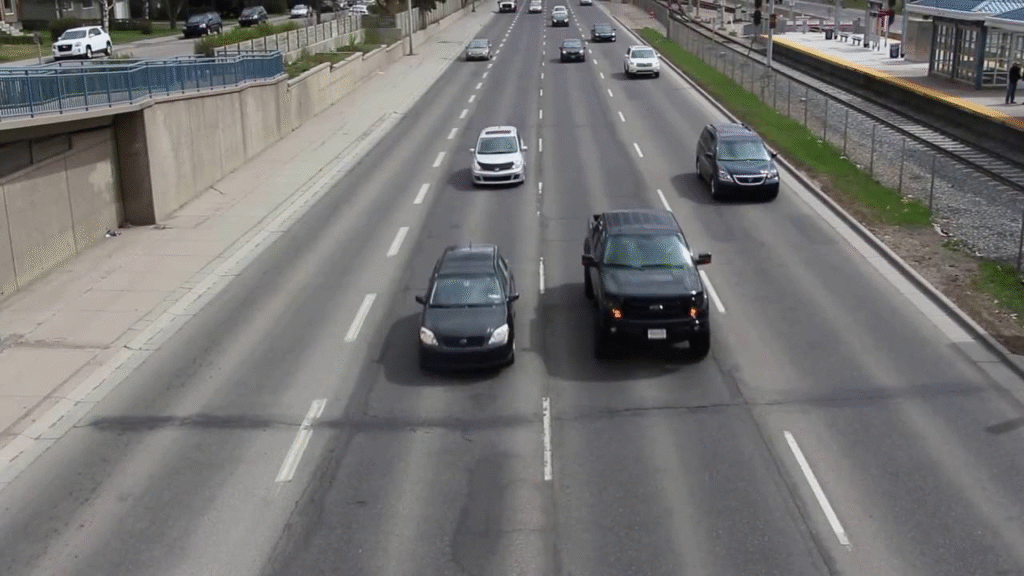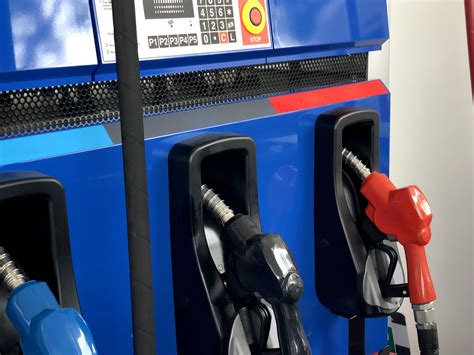With regards to fuel cost in recent times, it is important to master the best way to save fuel economy. To do this, one needs to know the driving style that works best. Driving in a fuel-efficient manner not only affects your car and other cars on the road, but it also affects your pocket and the environment. Paying attention to driving habits can significantly improve fuel efficiency and nature-friendliness in modern cars, which offer previously unavailable features and capabilities.
Driving style is among the largest variables influencing how much fuel your vehicle uses, though your car’s make, model, and engine certainly matter. Let’s discover the best way to save fuel and which driving style can help you achieve that.
Fast or aggressive driving
At higher speeds, the transmission shifts to higher gears, allowing the locomotive to glide at 1000-3000 mph with lower revs/m and reduced fuel consumption. However, at slower speeds, air resistance increases fourfold for every doubling of speed, requiring more engine work to overcome this resistance. This leads to decreased mileage and higher fuel consumption. Driving faster also raises fuel consumption due to the energy required to overcome haulage, which increases with speed. Most cars reach a threshold around 120 km/h, with higher limits for more robust cars.
Rapid acceleration after stoplights boosts fuel consumption and aerodynamic drag, resulting in more gasoline per mile traveled. Abrupt braking burns momentum, thus, it is preferable to cruise and let go of the throttle sooner. Slowing down from 75 mph to 65 mph on highways can improve fuel efficiency without adding unnecessary travel time. Avoiding rapid acceleration surges in city traffic can help you save money over time. If your everyday routine allows for more relaxed cruising, the change can be dramatic.
Slow driving
Slowing down is about more than just reducing the number of times you apply the brakes; it is also about saving money. It is also critical in slow-moving traffic, when excessive braking can convert energy into heat. It is not good to burn fuel to provide energy for your car and then waste it on the brakes. Instead, drive slowly in start-stop traffic to lessen traffic congestion and save fuel. As a result, slowing down and minimizing needless brake use are critical for reducing fuel use and consumption.

According to research, cars perform most efficiently between 50 and 60 mph (80 and 97 km/h). This range strikes a compromise between power production and fuel consumption, resulting in ideal engine performance. However, driving much below this range can reduce fuel efficiency because the engine may not run as efficiently and waste more fuel every mile. Furthermore, traveling at such low speeds might lengthen the trip, increasing fuel usage.
Conclusion
Efficient driving not only improves fuel efficiency but also creates a smoother ride, reducing stress and extending the lifespan of vehicle components like brakes and tires. Maintaining your vehicle well complements good driving habits, as underinflated tires, dirty spark plugs, and clogged air filters increase engine load. A combination of mindful driving and proper upkeep is the ideal combination for optimal fuel efficiency.




